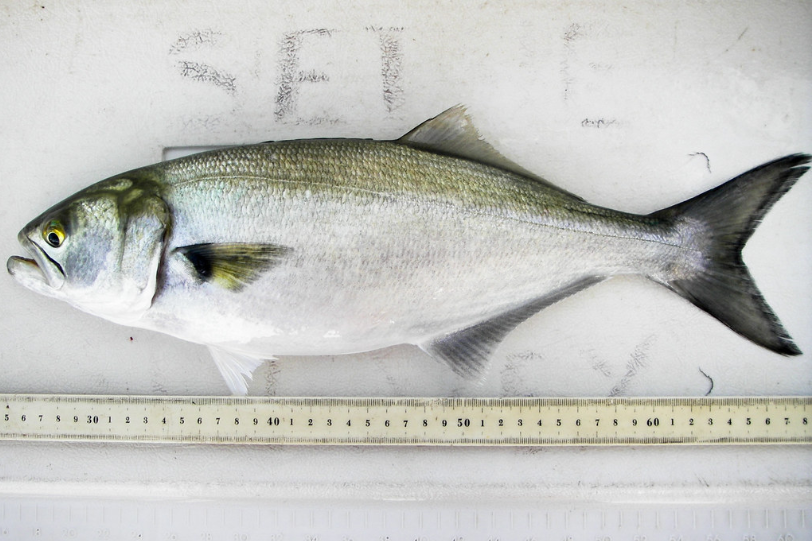RALEIGH − Officials with the state Division of Water Resources continue to urge the public to avoid contact with green or blue water in the Chowan River due to an ongoing algal bloom that has lingered in the area since June 20.

The division said areas of the river that are affected include Bertie and Chowan counties, with reports of the bloom along the eastern and western shorelines from Harrellsville downstream to the Edenton Bay area, as well as the Colerain and Rockyhock areas.
Supporter Spotlight
Staff with the agency’s water sciences program are monitoring the bloom. Species contributing to the bloom have been identified as Dolichospermum (also known as Anabaena) and Microcystis, both of which belong to the blue-green family of algae. Algal blooms of this type usually appear bright green, however, when a bloom starts to decay, the color can change to a milky blue. The decaying algae produces a strong, foul odor that can affect a large area.
Officials said there have been no reports of adverse health effects in people associated with this algal bloom.
State health officials routinely encourage the public to avoid contact with large accumulations of algae and prevent children and pets from swimming or ingesting water in an algal bloom.
State water quality and health officials suggest the following steps to safeguard pets and children from any algal bloom:
- Keep children and pets away from water that appears bright green, blue, discolored or scummy. Do not handle or touch large mats of algae.
- Avoid handling, cooking or eating dead fish that may be present.
- If you come into contact with an algal bloom, wash thoroughly.
- Use clean water to rinse off pets that may have come into contact with an algal bloom.
- If your child appears ill after being in waters containing an algal bloom, seek medical care immediately.
- If your pet appears to stumble, stagger or collapse after being in a pond, lake or river, seek veterinary care immediately.
Learn More
- For more information on the potential health effects of algal blooms, visit the Division of Public Health’s website.
- View an interactive North Carolina algal bloom map.






